
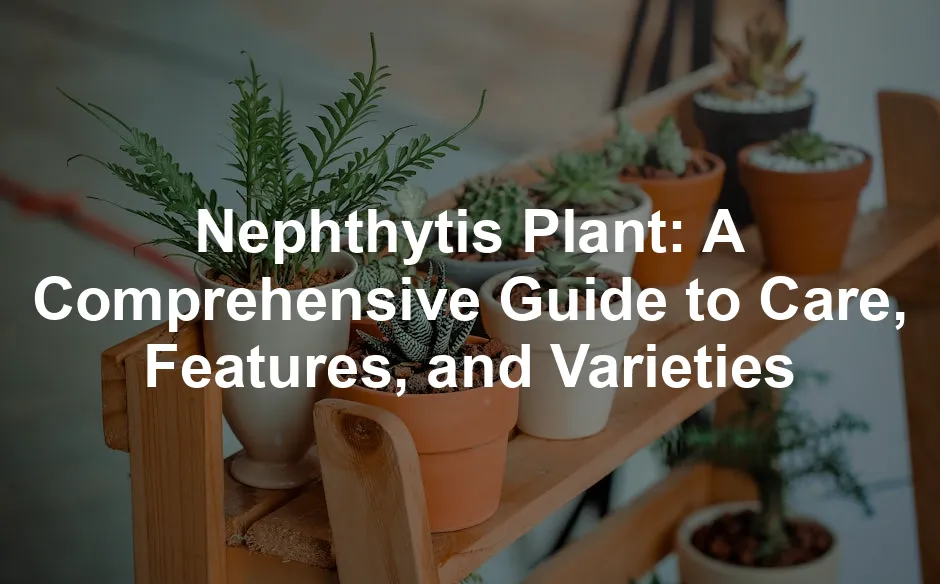
Nephthytis Plant: A Comprehensive Guide to Care, Features, and Varieties
Introduction
Have you heard of the nephthytis plant? Also known as Syngonium podophyllum, it’s a favorite among houseplant lovers. Its stunning foliage and simple care routine make it a top choice. In this article, we’ll cover everything you need to know: care tips, features, and common issues related to nephthytis plants.
If you want to start your plant journey right, consider grabbing a Plant Care Guide Book. This handy resource can help you avoid rookie mistakes and keep your plants thriving!
Summary and Overview
Nephthytis, scientifically referred to as Syngonium podophyllum, is also called the Arrowhead Plant. This beauty hails from Central America and boasts a bushy appearance. As it matures, it tends to climb, making it unique among houseplants.
These plants thrive in a variety of lighting conditions. They can adapt to low light but prefer bright, indirect sunlight. Best of all, nephthytis is non-toxic, making it safe for homes with pets and kids. Its lush leaves not only enhance home décor but also contribute to cleaner air. For more information on bringing nature indoors, check out our guide on indoor plants.
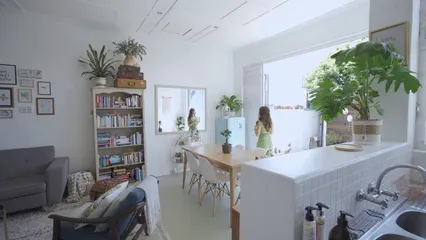
Indoor plants like nephthytis can significantly improve your living space. Explore more about indoor plants.
Features of Nephthytis Plant
Appearance and Varieties
Nephthytis plants are known for their striking arrowhead-shaped leaves. The leaves can vary in size and shape, often featuring a lovely variegation. Some popular varieties include ‘Bold Allusion’ with creamy-green leaves and ‘Painted Arrow’ showcasing light green speckles.
There are numerous Syngonium varieties available, each with unique colors and patterns. You might find shades of green, pink, and even purple among them. With over 30 different varieties, these plants can add a vibrant touch to any space. Check out your local nurseries; you might discover something special!
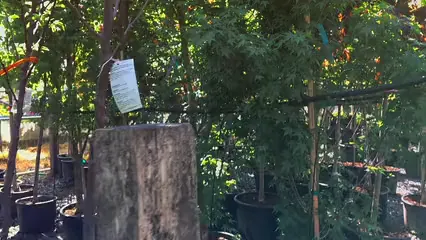
Growth Habits
Nephthytis plants grow quickly under ideal conditions, reaching heights of up to 4 feet indoors. They can spread wide, creating a bushy look or climbing up supports. If you want to encourage climbing, consider using a trellis. Regular pruning can help maintain their bushy shape.
These plants thrive indoors and outdoors in suitable climates. When growing nephthytis, expect them to grow robustly, especially in well-drained soil. With the right care, they can be a true centerpiece in your home. Have you tried training yours to climb? Share your experiences with us!
Care Instructions for Nephthytis Plant
Light Requirements
Nephthytis plants thrive in bright, indirect light. Placing them near a south-facing window works wonders. They can tolerate lower light but may struggle. Signs of inadequate light include leggy growth and small leaves. Ideally, they can handle up to 60% of direct sunlight. Too much direct sun can scorch their leaves, leading to unsightly brown patches.
Have you checked your plant’s location recently? Ensure it gets the right amount of light for optimal growth.

Watering Guidelines
Watering nephthytis requires a bit of attention. Aim for about 0.5 cups of water every week. The soil should be kept moist but not soggy. Before watering, check the top inch of soil; it should be dry. Overwatering can lead to root rot, while underwatering causes wilting.
Consider using a moisture meter to track soil moisture accurately. This handy tool can take the guesswork out of your watering routine.
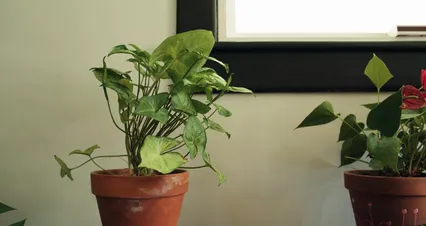
Nutritional Needs
Fertilizing your nephthytis plant is crucial for vibrant growth. Use a nitrogen-rich fertilizer with an N-P-K ratio of 30-10-20. Feed your plant once a month during spring and summer. In winter, reduce feeding significantly.
Watch for signs of nutrient deficiencies, like yellowing leaves or stunted growth. Trying a specific fertilizer brand can make a big difference in your plant’s health.

Potting and Soil Requirements
Choosing the right soil is essential for your nephthytis plant. A well-draining potting mix is critical. This type of soil prevents root rot and allows for healthy growth. Look for potting soil that contains peat moss, perlite, or vermiculite. These components enhance drainage and aeration.
When selecting a pot, size matters. Use a container that’s about 2 inches wider than the plant’s root ball. This gives roots room to grow without being cramped. Additionally, consider the pot’s material. Terracotta pots allow for moisture evaporation, while plastic retains moisture longer. Choose based on your watering habits.
Repotting is necessary as nephthytis grows. Aim to repot every year or when the plant doubles in size. This refreshes the soil and provides nutrients for continued growth. If you notice roots coming out of the drainage holes, it’s time to repot. Regularly check your plant’s roots during the growing season.
To keep your nephthytis thriving, consider refreshing the potting mix annually. Healthy soil leads to a healthy plant. Don’t forget to check your pot size and drainage before planting. Happy potting!

Common Issues and Solutions
Pests and Diseases
Pests can be a hassle for nephthytis owners. Common pests include spider mites and thrips. These tiny critters usually suck moisture from leaves, causing yellowing or wilting. Regularly inspect your plant to catch infestations early.
Symptoms of pests can include webbing or tiny black specks on the leaves. If you spot these signs, act quickly. Natural treatments like neem oil can help manage these pests effectively. Chemical options are available too, but ensure they are safe for houseplants.
Did you know that about 30% of houseplants experience pest infestations? Sharing experiences in plant care communities can provide valuable insights. Join one to learn more about pest management strategies.

Leaf Problems
Leaf issues can plague nephthytis plants. Yellowing leaves often signal overwatering or insufficient light. When leaves turn brown, it might indicate underwatering or too much direct sunlight.
When trying to fix these problems, consider your watering routine. Adjust based on your plant’s needs. Over the next few weeks, monitor your plant closely. Recovery time can vary, but many plants bounce back within a month once issues are identified.
Have you faced any leaf problems with your nephthytis? Share your troubleshooting experiences in the comments. Your insights could help fellow plant lovers!
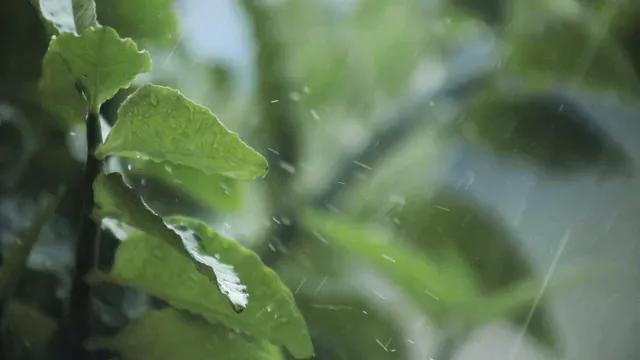
Toxicity and Safety
While nephthytis plants are beautiful, they come with a caution. They are toxic to pets and children if ingested. It’s important to keep them out of reach to avoid any accidents.
Symptoms of ingestion may include vomiting, drooling, and difficulty swallowing. These signs occur due to the plant’s sap, which contains oxalic acid. If you suspect ingestion, act quickly. Contact Poison Control or your veterinarian immediately.
Did you know that approximately 30% of houseplants are toxic? This statistic highlights the importance of being aware of what plants you have at home.
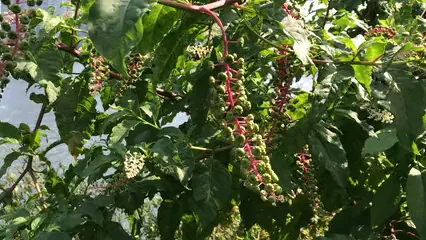
For households with pets, consider pet-safe plants as alternatives. Always educate friends and family about plant safety. Sharing knowledge can save lives and promote a safer environment.
Conclusion
In summary, nephthytis plants are stunning and easy to care for. Their vibrant foliage brightens any room and purifies the air. They suit both beginners and seasoned plant owners alike.
Don’t forget to enjoy the beauty of your nephthytis plant. Whether you’re a new owner or an experienced gardener, share your experiences with others. Your insights can inspire fellow plant lovers!
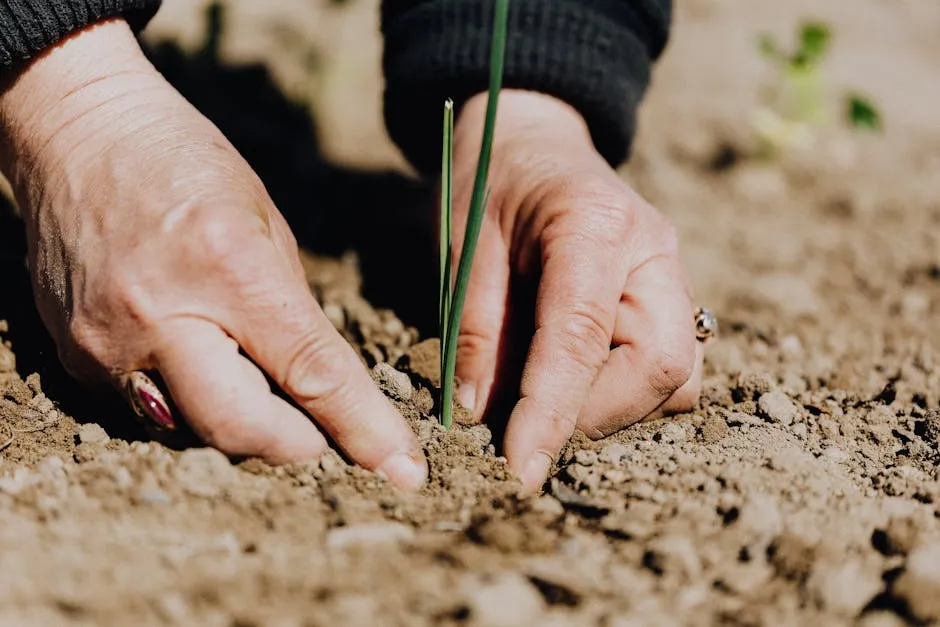
FAQs
What is the best light for a nephthytis plant?
Nephthytis plants flourish in bright, indirect light. A spot near a south-facing window is ideal. They can tolerate lower light but may become leggy and weak. If you see small leaves or stretching stems, it’s time to adjust the light. Too much direct sunlight can scorch their leaves, leading to brown patches. Aim for around 60% tolerance of direct sun to keep your plant healthy.
How often should I water my nephthytis plant?
Water your nephthytis plant roughly once a week. Check the top inch of soil; it should feel dry before adding more water. If the leaves droop, your plant is thirsty. Conversely, overwatering can cause root rot, so avoid soggy soil. During warmer months, you may need to increase watering frequency. A moisture meter can be a handy tool for accurate readings.
Can nephthytis be grown outdoors?
Yes, nephthytis can thrive outdoors in USDA Hardiness Zones 10a-12b. They enjoy warm temperatures and humidity. However, protect them from harsh sunlight and extreme weather. They prefer a shaded spot with dappled light or morning sun. If you live in a cooler climate, bring them indoors during colder months to prevent damage.
What are common pests that affect nephthytis plants?
Common pests include spider mites and thrips. Look for signs like yellowing leaves or webbing. Regular inspections can help catch infestations early. If you spot pests, treat them with neem oil or insecticidal soap. Always check for any adverse reactions when using treatments, ensuring they are safe for your plant.
Is nephthytis safe for pets?
Nephthytis is toxic to pets if ingested. Its sap contains oxalic acid, which can irritate. Symptoms of ingestion include vomiting and drooling. To ensure nephthytis plant safety, keep it out of reach of pets and children. If you suspect ingestion, contact your veterinarian or Poison Control immediately. Consider pet-friendly plant alternatives if you have furry friends at home.
If you’re a plant enthusiast, consider subscribing to a Plant Care Subscription Box. It’s like a surprise party for your plants every month—minus the cake, of course!
Please let us know what you think about our content by leaving a comment down below!
Thank you for reading till here 🙂
All images from Pexels



